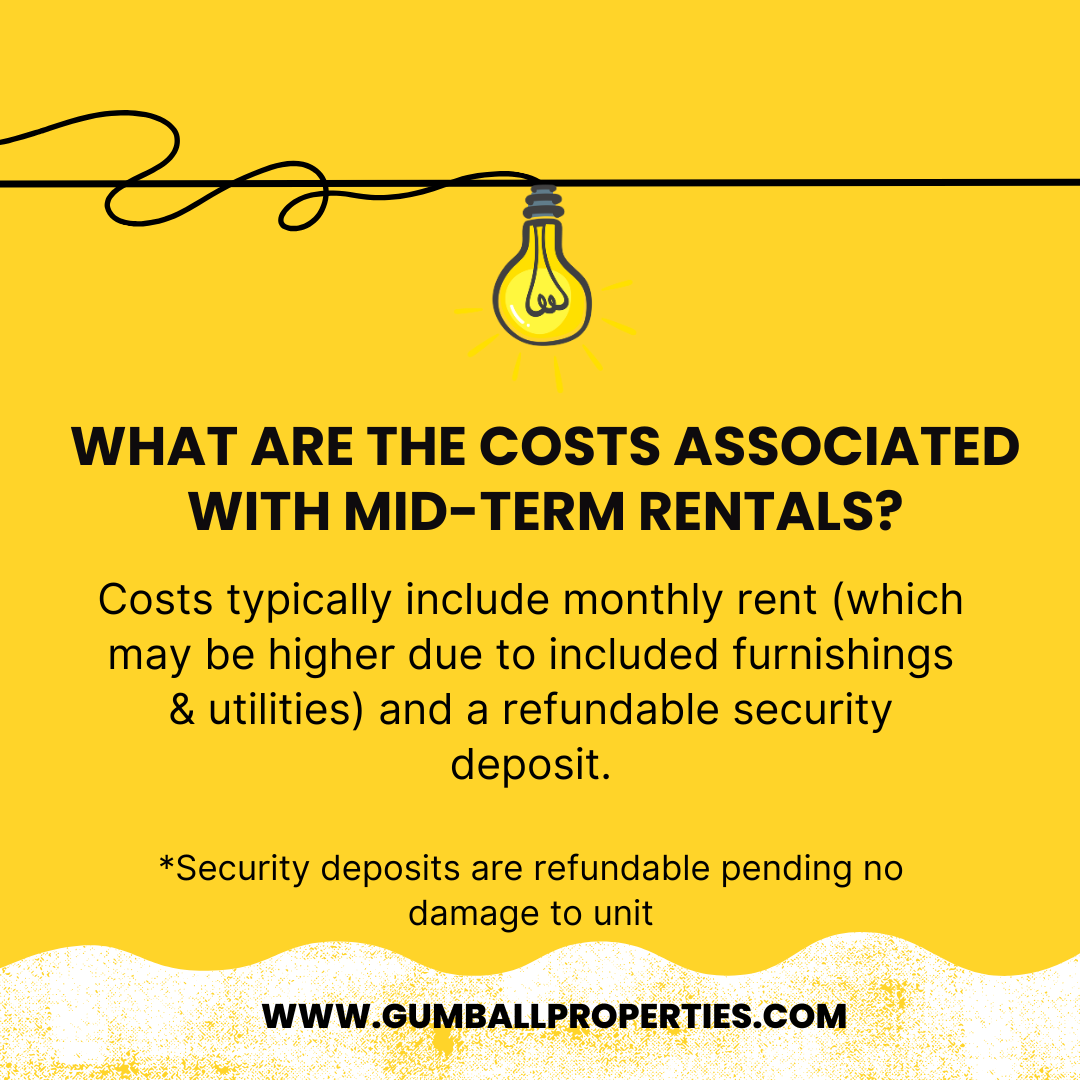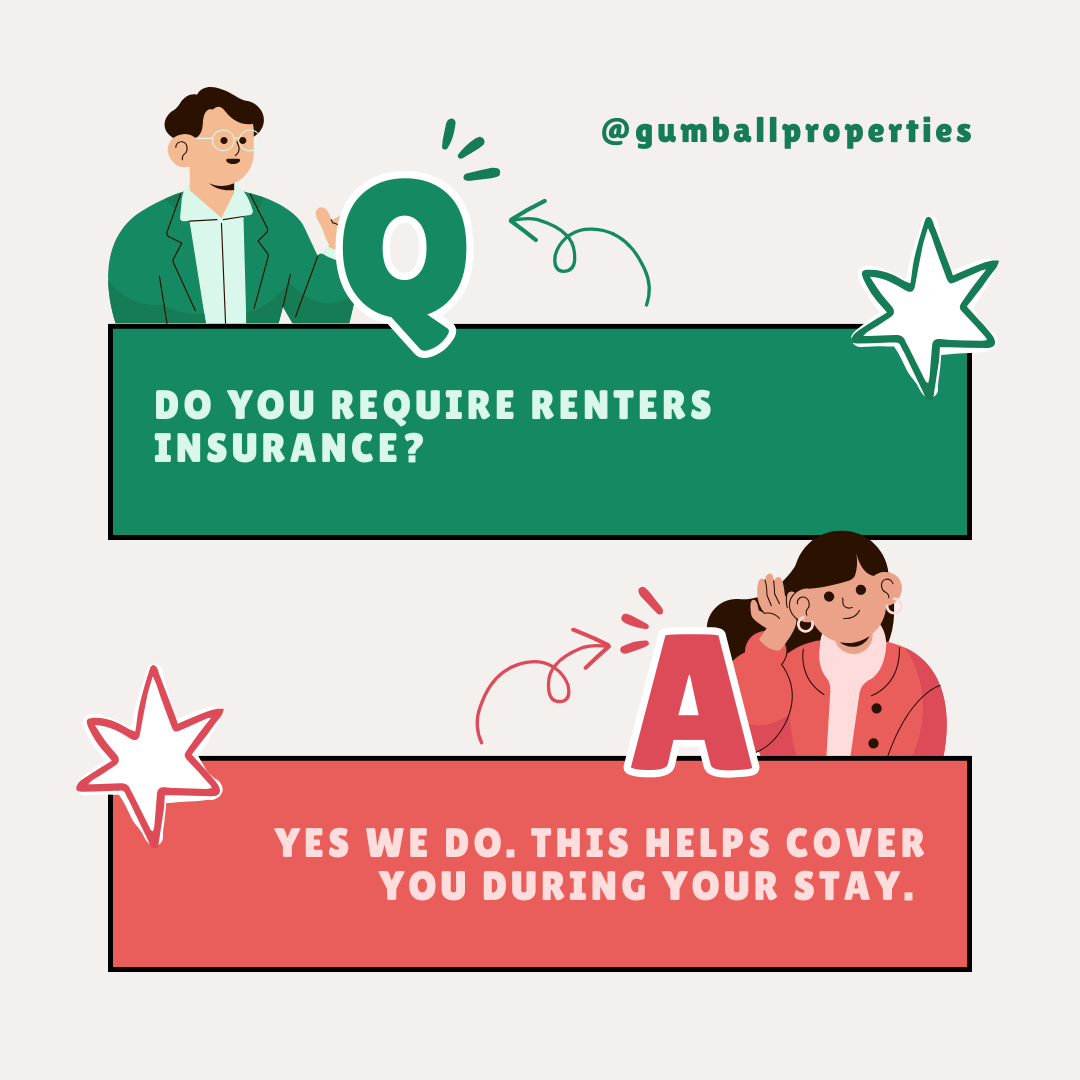What Does MTR Mean in Real Estate?
Mid-term rentals (MTRs) are becoming a hot topic in the real estate industry. Understanding what an MTR is and why it's relevant can be incredibly valuable for renters, landlords, and real estate professionals.
Table of Contents
- What is an MTR?
- Filling the Gap: Medium-Term Rentals
- Benefits of Medium-Term Rentals
- Challenges of Medium-Term Rentals
- Market Trends and Demand
- How to Find and Offer MTRs
- Legal and Financial Considerations
- Conclusion
What is an MTR?
MTR stands for mid-term rentals which last between one to six months, though they can be longer. This rental option attracts various tenants, such as business travelers, those on temporary relocations, or people on extended vacations. It's a flexible and convenient solution that fits different lifestyles and needs.
Filling the Gap: Medium-Term Rentals
MTRs fill a unique gap between short-term rentals (like Airbnb) and long-term leases. They offer a mid-term range, reducing the wear and tear compared to short-term rentals while also filling gaps in booking schedules. This can be especially beneficial for scenarios like corporate assignments, home renovations, or study abroad programs ( Above and Abroad , Roofstock Blog ).
Benefits of Medium-Term Rentals
For tenants, MTRs offer several advantages, including flexibility in lease duration, fully furnished housing, and less hassle when moving. Pricing often includes utilities and amenities, making budgeting simpler.
Landlords also benefit significantly from MTRs. They can enjoy higher rental income, reduced vacancy rates, and attract a different tenant demographic, such as professionals. This makes MTRs a smart investment strategy ( Above and Abroad , Azibo ).
Challenges of Medium-Term Rentals
So far you might be thinking, this sounds amazing! It can be, but like everything, MTRs aren't without their challenges. Landlords may face higher turnover rates compared to long-term rentals, but generally lower than short-term rentals. They might also need to invest more in marketing and active management. Tenants might find these rentals more expensive than long-term leases and might miss the ability to personalize the space ( Chekin , Azibo ).
Market Trends and Demand
The MTR market is experiencing significant growth, driven by trends like remote work and digital nomadism. Data shows a rising demand for these flexible living arrangements, reflecting a shift in how people approach housing ( Above and Abroad , Roofstock Blog ).
How to Find and Offer MTRs
For tenants, finding MTR properties is easier with online platforms like Furnished Finder or Apartments.com, corporate housing providers like Gumball Properties, and real estate agents specializing in MTRs.
Landlords looking to offer MTRs should focus on properly furnishing and equipping their properties, implementing effective marketing strategies, and setting competitive pricing and flexible lease terms ( Azibo ).
Legal and Financial Considerations
Understanding the legal and financial aspects of MTR agreements is crucial. This includes knowing lease terms and conditions, tenants' rights, and landlords' responsibilities. Financially, it's important to calculate profitability and manage taxes and insurance for MTR properties ( Above and Abroad , Azibo ).
Conclusion
To sum up, MTRs offer unique opportunities and challenges in the real estate market. Whether you're a tenant or a landlord, understanding the ins and outs of medium-term rentals can help you make informed rental and investment decisions.
We invite you to share your experiences with mid-term rentals in the comments below. For more information about MTRs, check out resources on platforms like Furnished Finder or Apartments.com.
Landlords, consider MTRs as a viable rental strategy to maximize your rental income and reduce vacancy rates. Tenants, explore MTR options for flexible and convenient housing solutions.









